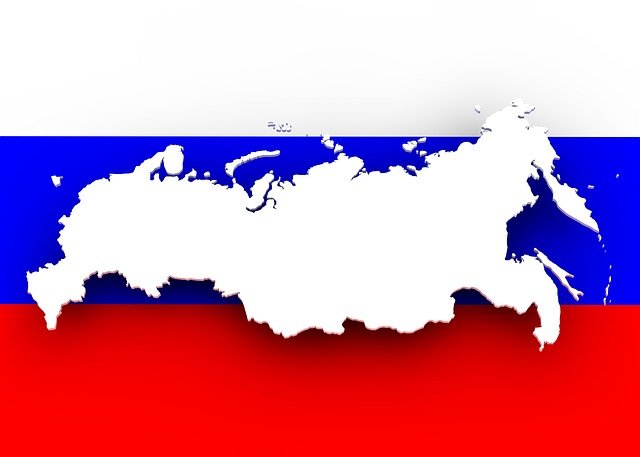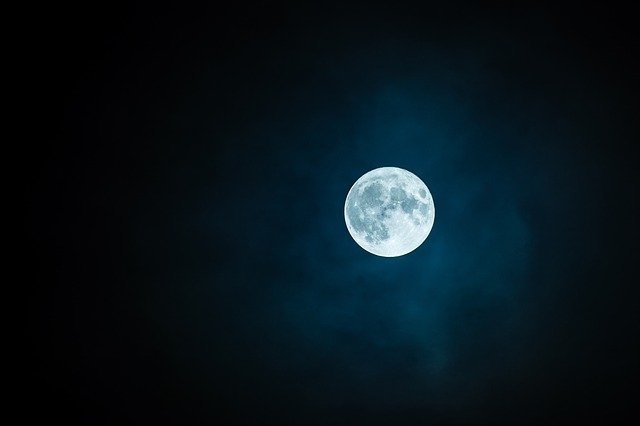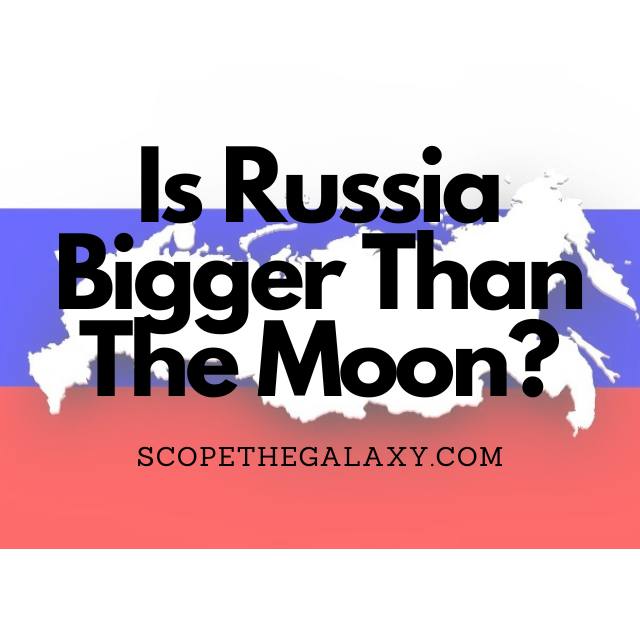*This post may contain affiliate links. This means we may make a commission if you purchase an item using one of our links*
Russia may be the second largest country on all of Earth but, it’s overall size and volume still isn’t anywhere near that of our Moon . Russia’s surface area is 17.1 million km² whilst the Moon’s is 37. 9 million km² and Mercury’s volume is numerous times larger at 21.97 billion cubic kilometers compared to Russia’s 632.7 cubic kilometers.
For a more in-depth breakdown of what makes both of these bodies so large, continue reading as it will be covered in more detail below.
How Big Is Russia?

Based purely on surface area Russia has the most surface area amongst every country in our solar system, which is more than a large a variety moons across our solar system, the likes of which includes Pluto’s largest moon Charon, Uranus’ moon Titania among numerous others.
From east to west Russia encompasses roughly 9,000km, with the entire surface area of the country adding up to roughly 17.1 million km². The end to end length of Russia is more the double that of the moon and 4 times the diameter of Pluto.
Russia also has 2 mountain ranges, which are the Ural Mountains and the Caucasus Mountains which make up a large portion of the countries surface area.
The Ural mountains have a surface area of 2.225 million km² with the overall end to end range of the mountains roughly 2,500km. The northern region of these mountains have mountains that average peaks of around 1,000m so it’s not necessarily the tallest regions in the world but still very tall nonetheless.
As for the Cacasus Mountains, they are far smaller with a surface area of 477,488 km² with the largest mountain in the region called Mount Elbrus with a peak of 5,642m.
in regards to the depth of Russia’s crust, that is estimated to be 37km on average. If we were to multiple Russia’s surface area with the average thickness of the crust, Russia’s overall volume would come out to roughly 632.7 million cubic kilometers.
All of these factors, such as the height of the mountains, to the end to end distance from east to west and thickness of he countries crust add up to make Russia the literal biggest country on Earth and bigger than a fair share of moons that orbit the other planets in our solar system.
How Big Is The Moon?

The moon has a surface area of 37,936,695 sq. km, which is about five times the area of Australia. While this celestial body may appear to be a perfect sphere, it is an oblate spheroid which means that the diameter is slightly less when you measure it pole to pole instead of across the equator.
The moon’s volume, when we look at its entire body, is 21,971,669,064 cubic kilometers. The crust is thicker than the Earth’s crust, which is pretty significant if you’re comparing the size of these two bodies. The moon’s crust is between 60 and 100 kilometers thick.
Even if we take the moon’s crust at its thinnest, the total area tops two billion cubic kilometers, which is significantly bigger than the volume of the Russia.
Viewing the moon, you can see the mix of dark lunar plains and bright mountainous highlands. Early observations led scientists to believe that the dark areas could represent water, but we have since discovered that there is no water on this airless surface.
Earth mountains are created through tectonic or volcanic action. In comparison, the moon’s mountainous ranges formed almost exclusively from the impact of crater collisions.
There are three significant mountain ranges on the moon: the Montes Caucasus and Montes Apenninus create a barrier between the Sea of Serenity and the Sea of Showers. And in the northwest, the Plato crater is encased by the Montes Alpes (lunar Alps).
Summary
Inevitably the Moon is almost twice Russia’s size in surface area and almost 20 times its cubic volume. in the end of the day spherical bodies are meant to be much larger than the generally flat planes of the countries on Earth so, it isn’t all that surprising that the Moon absolutely dwarfs Russia despite its relatively large size on our blue planet.

